Autumn in Albania is not only a season of golden leaves, but also the best time to discover traditional Albanian food. From roasted chestnuts and pomegranates to hearty soups and pies, autumn brings some of the most authentic flavors of Albanian cuisine. In every local market, the aroma of freshly harvested fruits, seasonal vegetables, and homemade preserves announces that the season of abundance has arrived. Whether you are a foodie traveler or a curious visitor in October, exploring autumn food in Albania is the perfect way to taste culture, history, and tradition on every plate.
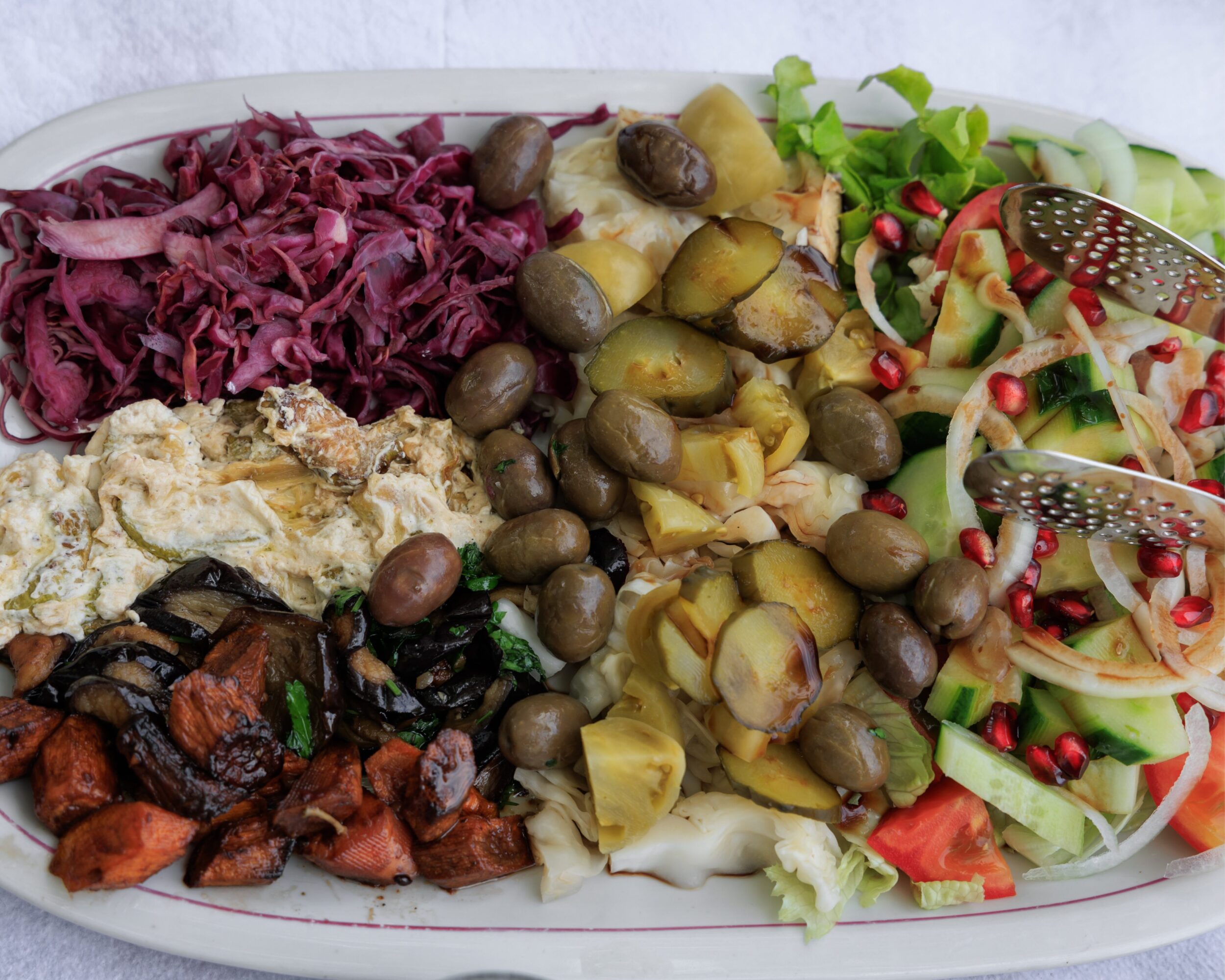
Seasonal Fruits and Flavors in Albanian Autumn Cuisine
In the markets of Albania, autumn is the time when some of the most beloved traditional Albanian foods appear. Seasonal fruits and vegetables are the basis of many recipes tied to family warmth and ancient customs.
Typical autumn products in Albania:
- Peppers, eggplants, and cabbage – the base for many pies and oven-baked dishes.
- Grapes and new wine – a symbol of harvest and village celebration.
- Apples and pears – enjoyed fresh, but also used for compote and jam.
- Pomegranate – one of autumn’s favorite fruits, consumed fresh, as a healthy juice, or in traditional dishes.
- Plums – known for jams and use in desserts.
- Figs – often dried for winter or used in traditional dishes.
- Chestnuts – roasted over fire or used in sweet and savory dishes.
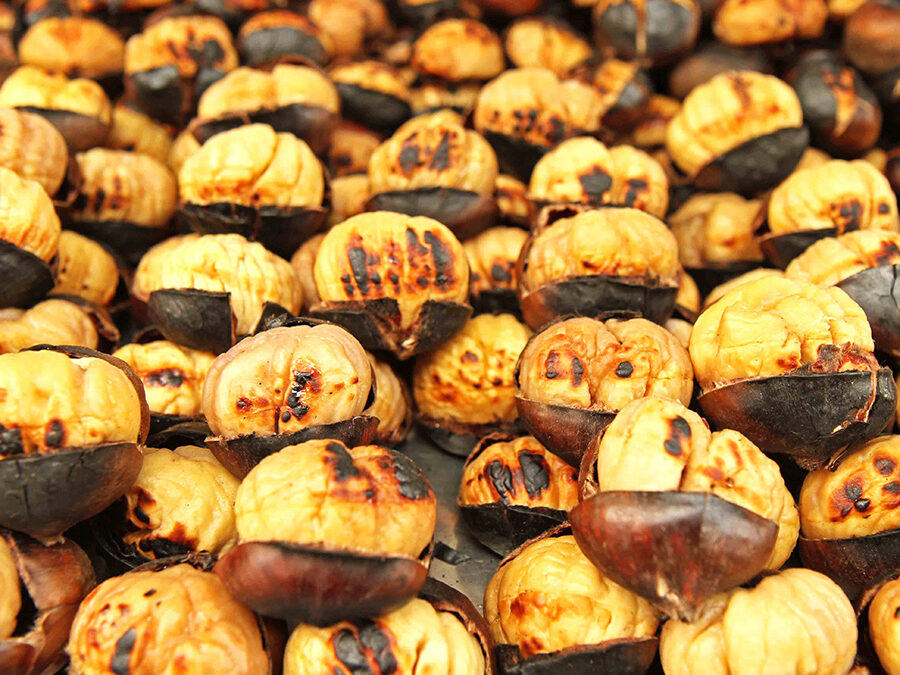
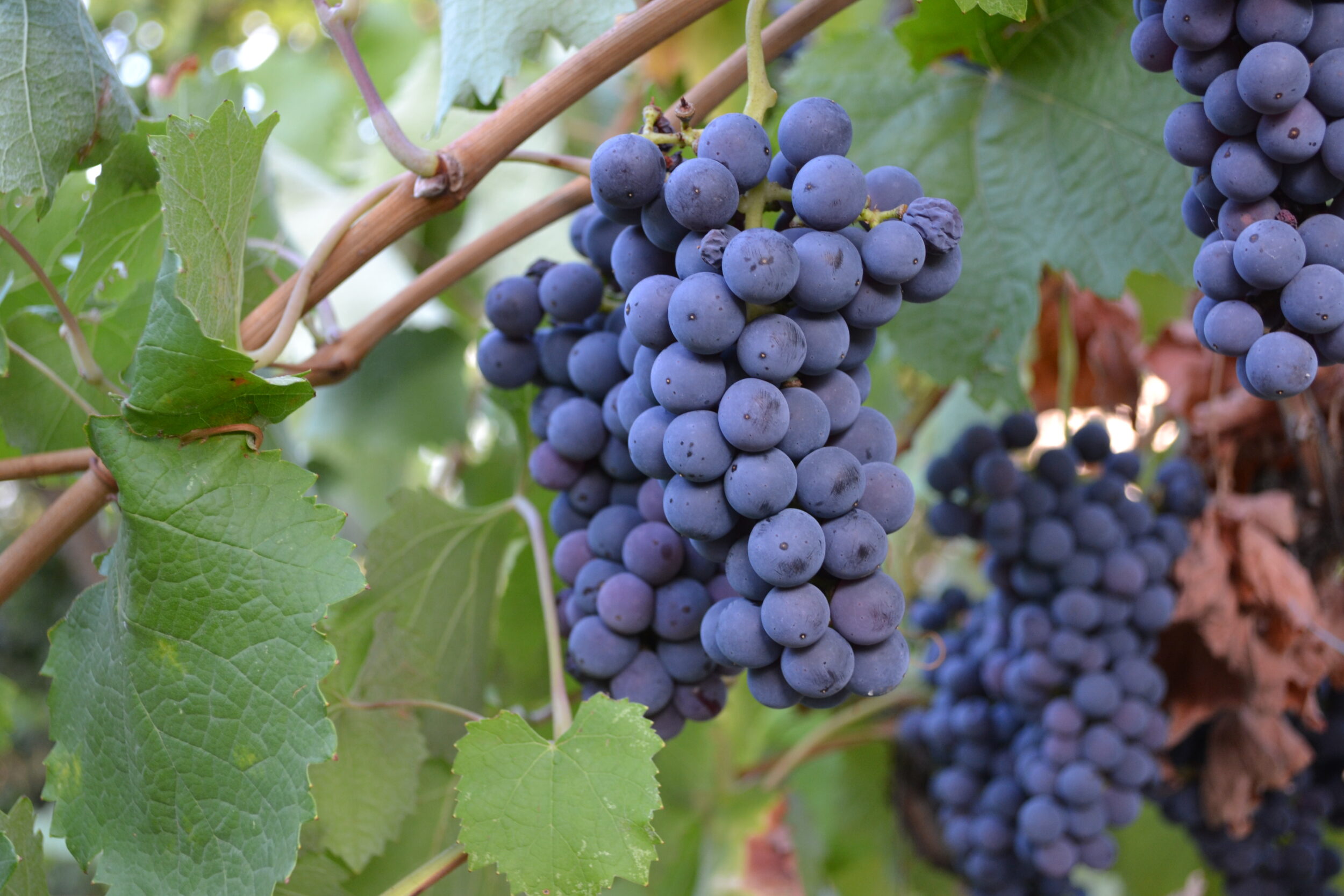
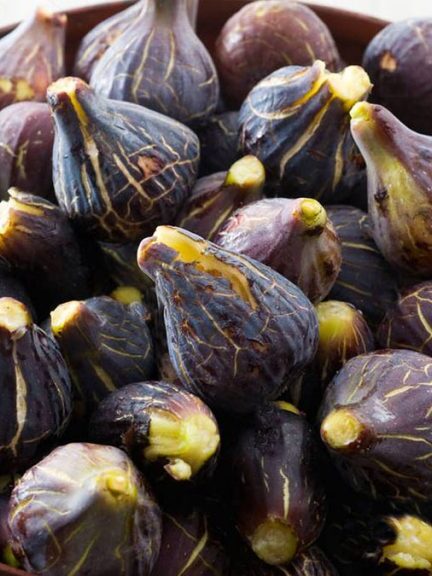
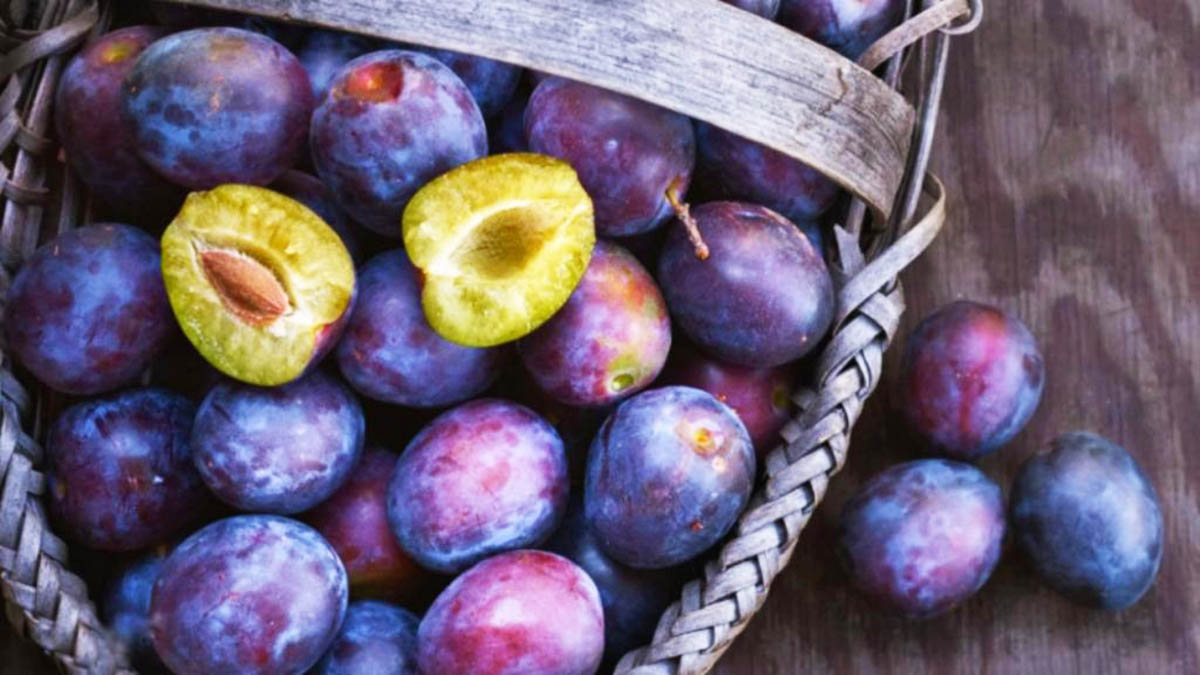
Soups and Warm Dishes of Albanian Autumn Cuisine
On days when temperatures drop, traditional Albanian foods that warm the body and soul become inseparable from the table. Soups and warm dishes are simple but full of flavor and history.
Typical autumn soups and warm dishes in Albania:
- Bean soup (Jani me fasule) – a classic soup with white beans, onions, carrots, and spices, often served with warm homemade bread.
- Traditional fërgesa – a simple mix of peppers, tomatoes, and cottage cheese, served as a starter or side dish.
- Seasonal vegetable soup – a mix of cabbage, potatoes, onions, and carrots, reflecting the abundance of autumn markets.
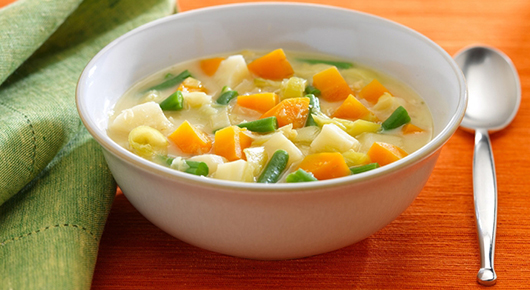
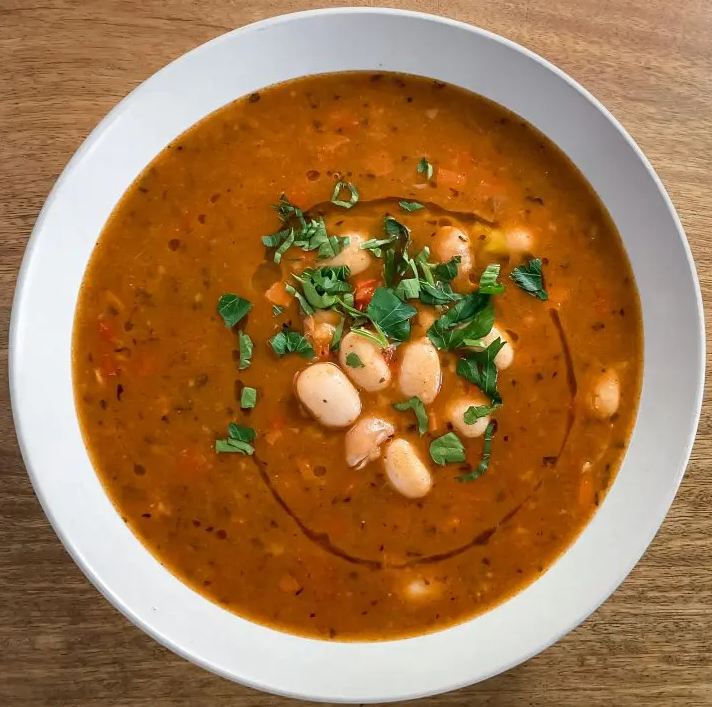
Main Traditional Autumn Dishes in Albania
In every Albanian family, autumn is the time when the table fills with warm and rich dishes. Here are some of the traditional Albanian autumn foods that are never missing:
- Tavë Kosi – one of the symbols of Albanian cuisine, prepared with lamb, rice, and a yogurt-egg mixture baked in the oven. Ideal for cold autumn dinners.
- Korça Lakror – thin-pastry pie filled with seasonal vegetables such as cabbage, leek, or spinach. Closely tied to the tradition of Korça.
- Vegetable pies – filled with spinach, cabbage, or cheese, these are quick and tasty dishes widely enjoyed in every household.
- Stuffed peppers – oven-baked peppers stuffed with rice, cottage cheese, or cheese, preserving the fresh aroma of the season.
- Stuffed eggplants – a simple and delicious dish where eggplants are filled with ground meat, tomatoes, and spices.
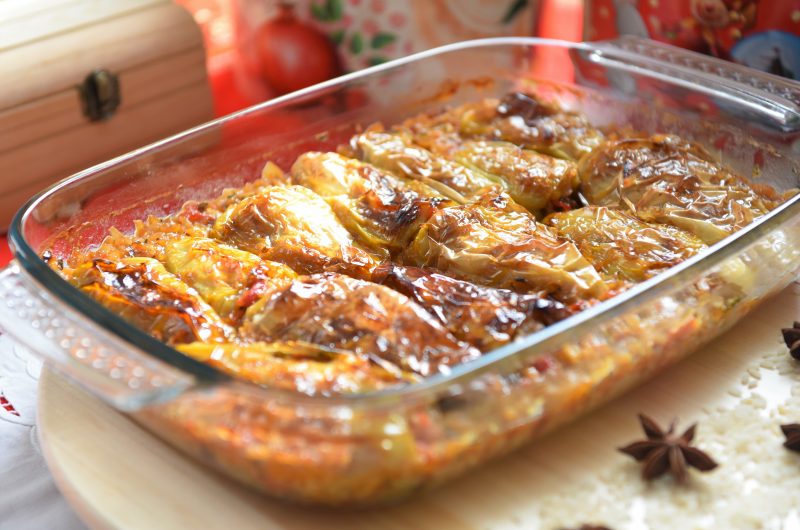
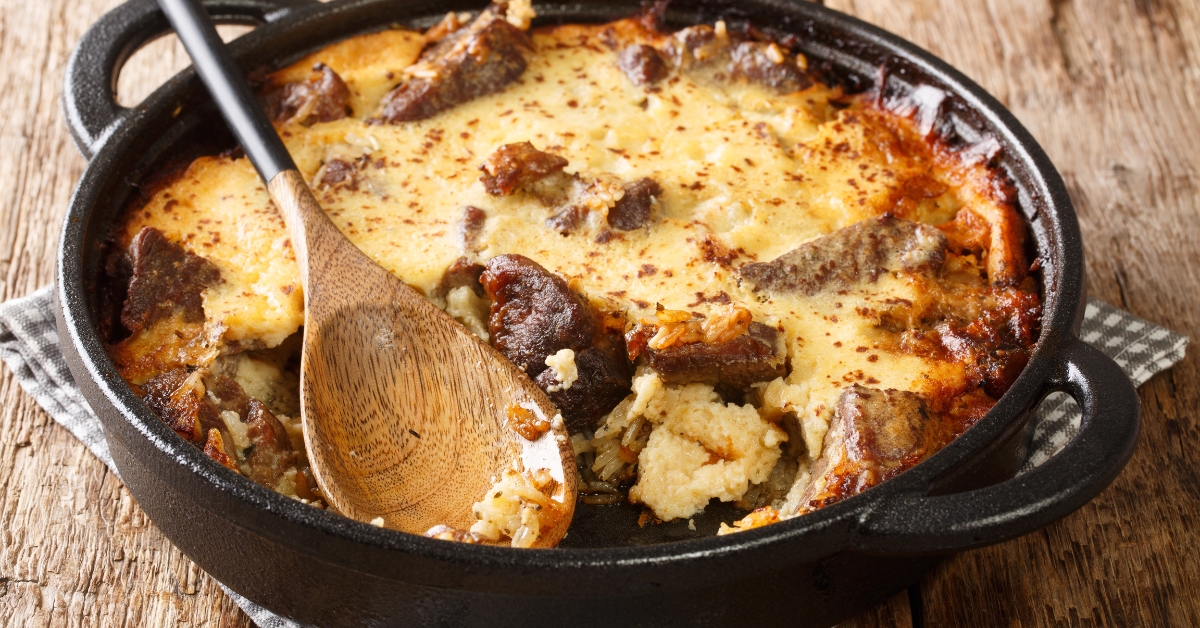
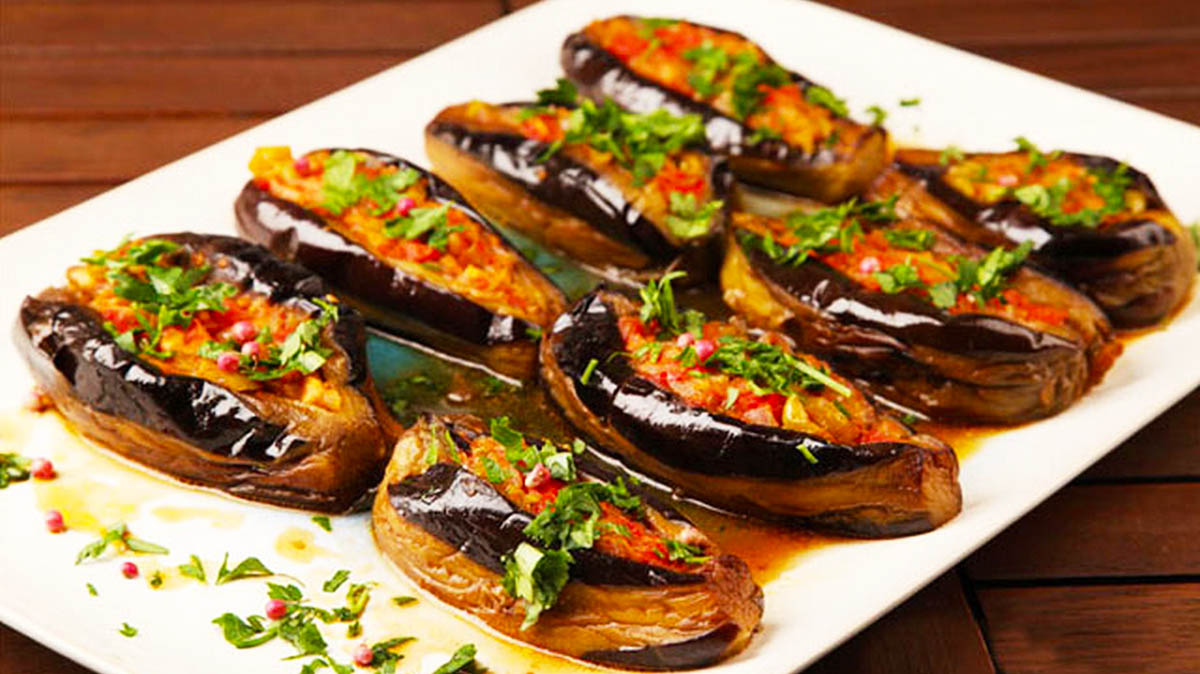
Traditional Autumn Desserts in Albania
Albanian cuisine would not be complete without its special desserts, especially in autumn when seasonal fruits and aromas are used creatively. Some of the most well-known are:
- Kabuni – a unique Albanian dessert made with fried rice, raisins, cinnamon, and sugar. Traditionally served on festive occasions, it is closely tied to our cultural heritage.
- Jams and marmalades – plums, apples, figs, and pears are transformed into preserves to last through winter. A traditional way to keep the autumn flavors alive.
- Fruit compote – a sweet, light drink often prepared with apples or plums, bringing the fresh taste of fruits into the glass.
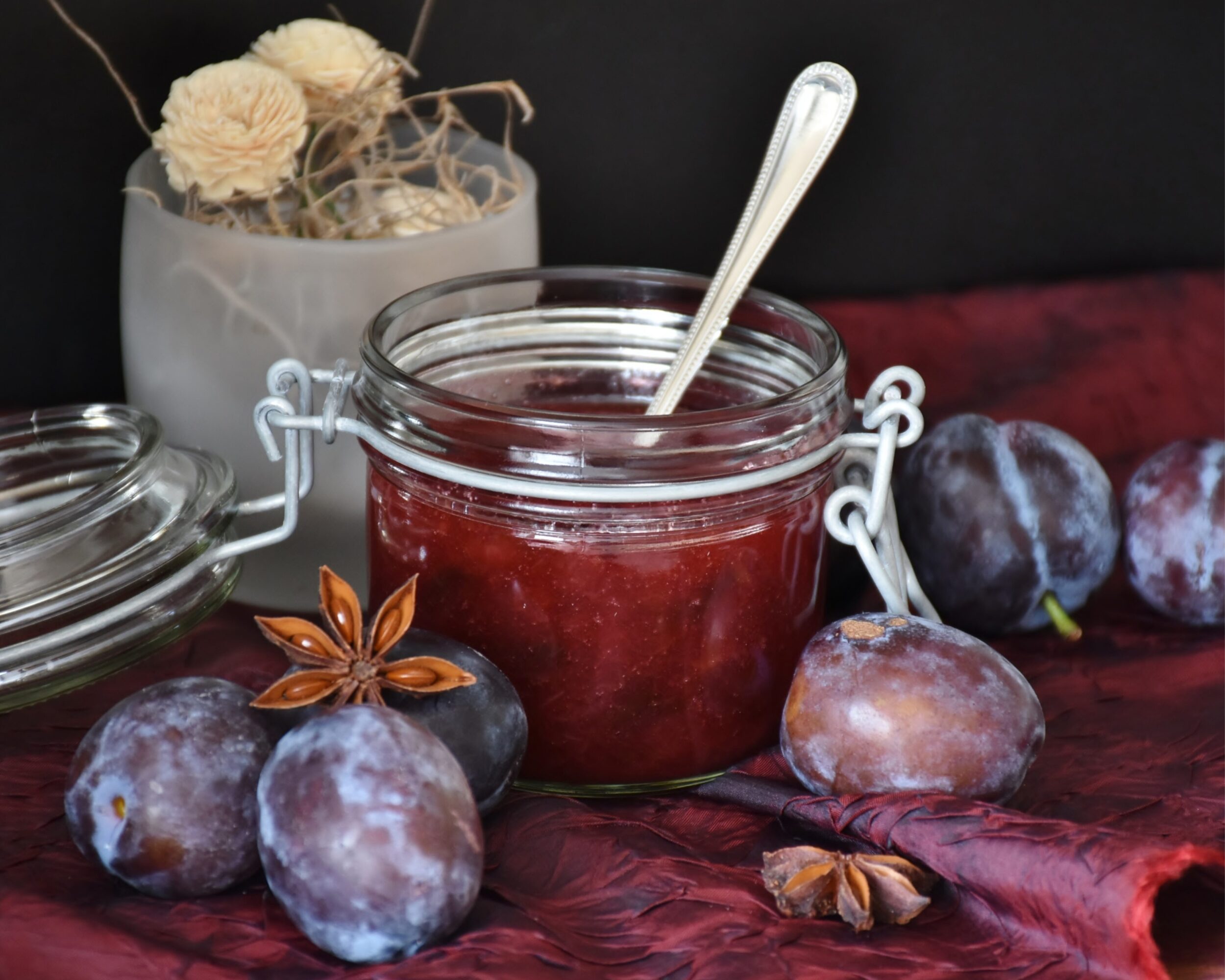
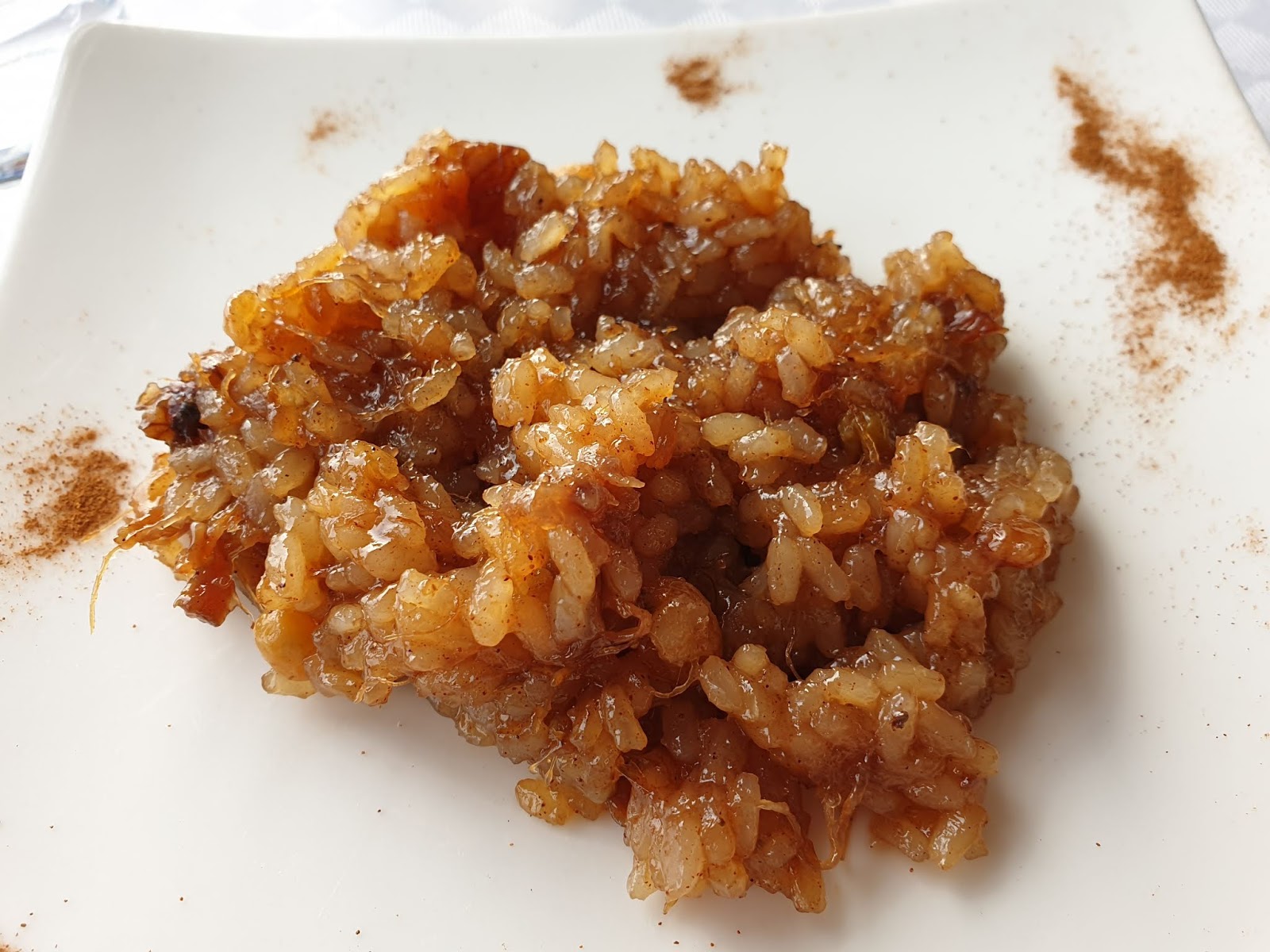
Autumn Food Preservation Traditions
Autumn in Albania has always been the season of preparation for winter. During this period, Albanian families would gather to preserve the abundance of the land and enjoy it during the cold months. These are some of the most common traditions:
- Preserves with peppers and tomatoes – prepared at home and stored in jars for use throughout the winter.
- Drying herbs – mint, oregano, sage, and other herbs dried and stored to add aroma to winter dishes.
- Jams and marmalades – a traditional way to make use of the season’s abundant fruits.
- Cheeses and thick yogurt – dairy products preserved in traditional ways to ensure supply during winter.
These methods not only serve a practical purpose but also represent an important part of Albanian traditional culture and cuisine.
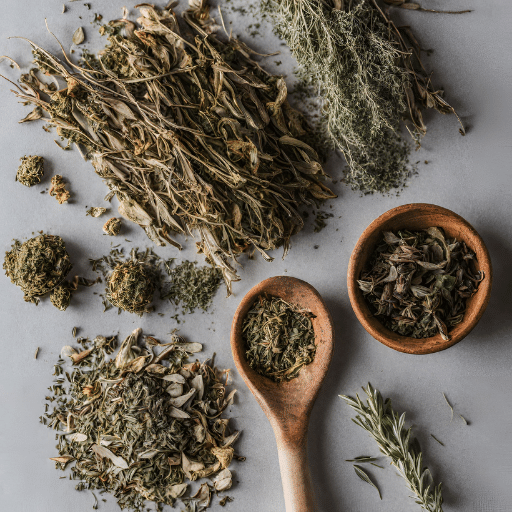
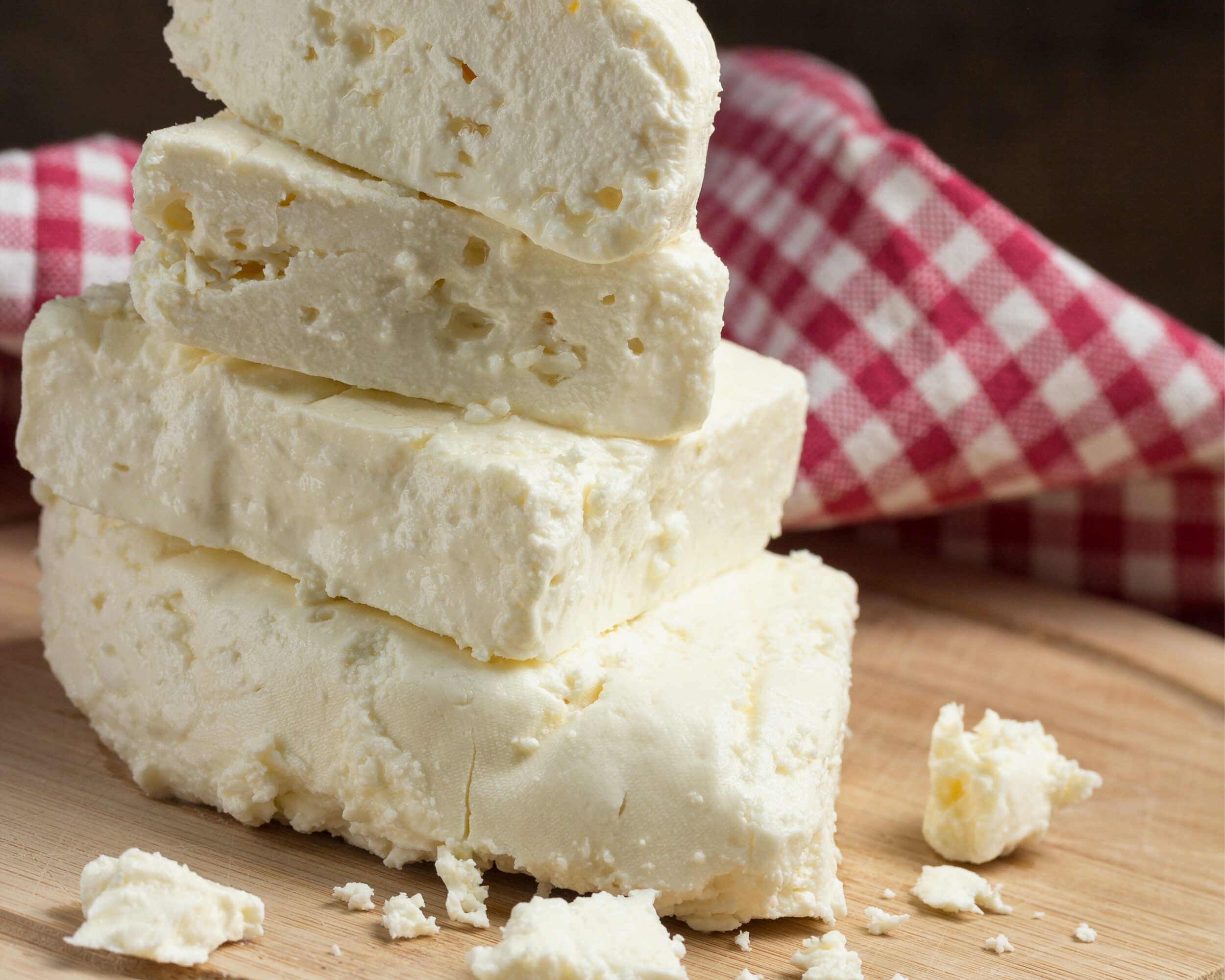
Cultural Elements and Autumn Festivals in Albania
Autumn is not only a season of abundant foods but also a period where ancient traditions and local festivals come alive. In many towns and villages, grape harvest and wine-making turn into a community celebration, where residents gather to feast and share homemade dishes. The aroma of roasted chestnuts is another symbol of this time, especially in towns like Puka or Tropoja, where chestnuts have always been part of everyday life. Even in Korçë, the lakror pie is not just a dish but part of family and social festivities. These moments show that Albanian autumn cuisine is not just about food but a way to bring people together and keep tradition alive.
Autumn is perhaps the richest period of the year for Albanian cuisine. From warm soups and herb pies to special desserts like kabuni and the aroma of roasted chestnuts, every dish of this season tells the story of a country that knows how to preserve tradition and celebrate the abundance of the land. For locals, it is a return to family memories, while for tourists, it is an opportunity to discover Albania’s hidden treasures.
If this autumn journey of flavors made you feel closer to traditional Albanian cuisine, don’t keep it to yourself — share this article with your friends and be part of spreading our gastronomic culture.
👉 Discover more: Culinary and Cultural Experiences in Albania



